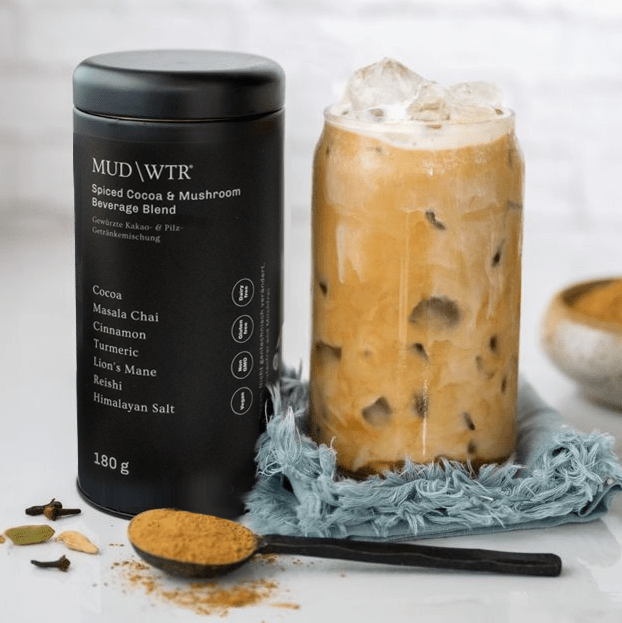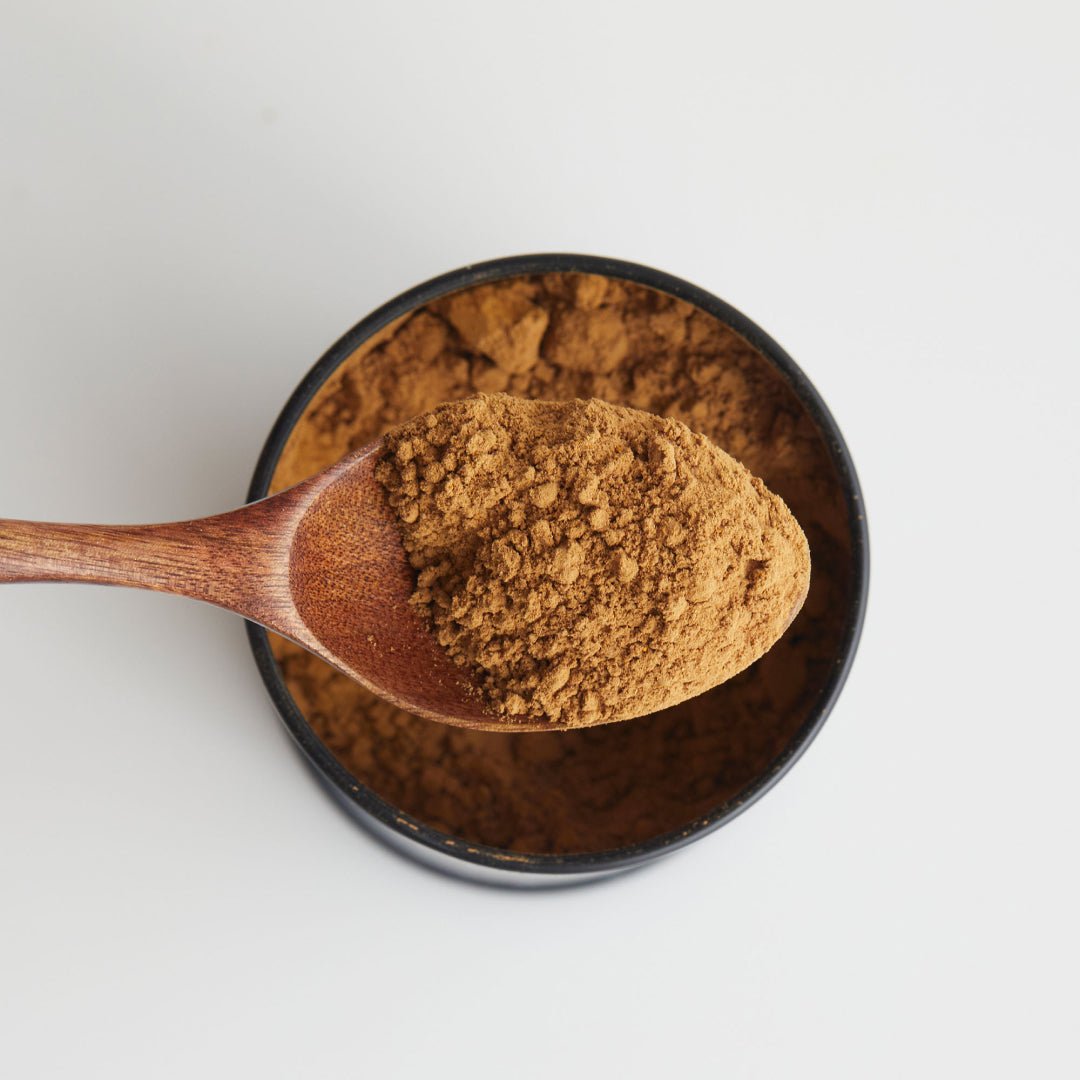I kicked my coffee addiction and became a better therapist as a result
Lindsey LockeIt was 3 pm. I was slumped in my desk chair with the cold sweats and a pounding headache—not the greatest look for an addiction counselor working at a 90-day in-patient treatment facility.
No, I was not kicking heroin, though the body aches that accompanied my withdrawal gave me immense compassion and understanding for my clients detoxing from drugs and alcohol. I was kicking something much more common: caffeine. You might be thinking, “Caffeine? Seriously? Give me a break, you were far from an addict.” We should reserve the label of “addiction” for things like meth, heroin, oxys or booze, right? Wrong. My journey to overcome a coffee addiction taught me just how addictive this psychoactive drug is, how widely it is accepted and why it’s so hard to quit.
Cold Turkeying Caffeine
Before quitting, I was a caffeine addict through and through. I started each day with a cup at home, grabbed a latte on my way to work, hit a quick cup after lunch in the break room and topped it off with a final shot of espresso before my afternoon workout. On top of my regular intake, I also saw coffee as an acceptable date option, something to sip during a quick chat with a friend, and as a low-calorie alternative to happy hour. My life revolved around the substance.
Then, during my schooling to become a therapist, everything changed.
I sat in my Introduction to Addictions course, scoffing at the material, thinking, What is this class going to teach me—an addiction counselor—that I don’t already know? From an academic standpoint, it turns out, not much. But from a physical, mental and emotional standpoint? Everything. We were tasked with identifying an addiction in our lives and then told to quit cold turkey for the entirety of the 12-week course. The professor threw out ideas like alcohol (nah, I could count on two hands the times I drink in a year), tobacco (nope, don’t smoke) and caffeine—I felt my stomach drop out of my ass.
Seriously? No coffee? C’mon I don’t have any other vices! I’m getting my masters, I need it. It’s not like it’s detrimental to my well-being … A never-ending well of excuses sprung to mind. I took this defensiveness as a telltale sign that coffee was exactly what I needed to cut.
The assignment seemed fair. How were soon-to-be therapists ever going to understand the request we were making of our future clients to abstain from certain tasks, substances or people if we couldn’t understand what it takes to fulfill such a request?
What followed was unfair—or, at least, that’s how I saw it at the time. That afternoon, after filling myself with more caffeine than any one person should digest, I rid my environment of all things coffee. Beans went in the trash. Chemex, French press and pour over, in the closet. Even the mocha-scented candle had to go. I wanted no temptation for the next morning, as it’d be my first without coffee in over a decade.
At first, I thought I had the flu. For a week and a half, I could barely drag myself out of bed, the pounding in my head refused to cease and the lethargy made me question if I had some extreme medical condition. I was in the throes of withdrawal, and it was brutal.
About two weeks in, the splitting headaches finally stopped and the midday lethargy had somewhat subsided. Things were looking up, but I knew that, in order to maintain a caffeine-free lifestyle, I was going to have to make some serious shifts for long-lasting change. Thankfully, I knew just what actions to take—because it was the same advice I was giving my addiction clients on a daily basis.
Intervention No. 1: The Power of Community, Connection and Relationship
A sense of connection with others can make or break an addiction. This was demonstrated in a famous experiment from the 1970s known as the Rat Park experiment. Overseen by psychologist Bruce K. Alexander, rats were divided into two groups—those in isolation and those in a sociable group “rat park”—and given a choice between plain water and water laced with heroin or cocaine. The isolated rats almost always overdosed on the drugged water, whereas the rats immersed in community almost never used the substance-infused water, and never overdosed. This is something those in Alcoholics Anonymous (AA) found to be true long ago: the power of community.
At our core, we seek connection. In fact, one of the leading reasons 12-step programs like AA and NA are so acutely effective is because of the welcoming community residing within the meeting’s walls. You are welcomed whether you have one year, one week or one hour sober. The shame and stigma are stripped, your sins and shadows shared—you belong, just as you are.
At the time I quit coffee, I was surrounded by a circle of CrossFitters and ex-junkies who had “ditched the hard stuff” and moved onto something tamer, “like coffee.” Coffee was too readily available, and, to a degree, too glamorized for me to feel supported in quitting. I took a break from my CrossFit gym and coffee-obsessed friends, and sought out a teahouse to frequent, adopted restorative exercise practices and met a group of people committed to living caffeine-free. Changing my environment and connecting with people aligned with my purpose allowed me to ditch caffeine without shame or justification.
Intervention No. 2: Retaining the Ritual
For many addicts, the high is only one part of the addiction. Many can be triggered by pieces of foil, spoons or lighters far before they see the heroin. I, too, felt this situational trigger each morning. Before giving up that piping-hot mug of morning bean juice, I always started my mornings the exact same way: I’d roll out of bed and turn the kettle on. While I waited for that glorious whistle to sound, I’d grind coffee beans and load them into the French press. Then I’d pour hot water in and bask in the delicious aroma that filled my apartment.
Ceasing this ritual was just as hard, if not harder, than quitting the substance itself. I’d find myself cranky, scattered and reaching for the non-existent tumbler in my cup holder on my morning commute. Within a week I recognized that I needed to rebuild my morning ritual with something else. I took advantage of the fact that I was waking better rested and began taking a quick ocean dip, journaling and sipping tea during the sunrise. My once-chaotic and caffeine-filled mornings transitioned to something much more tranquil.
Intervention No. 3: Revised Identity
I would find myself sulking when friends or colleagues offered me a cup of coffee. I’d usually retort “no, I can’t have it anymore” before slinking away. In my head, I had already lost. Think of it like this: When asked if they wanted a cigarette, the person who responds “no thanks, trying to quit” is much more likely to eventually take up that cigarette offer than the person who simply responds “no, thank you.” The difference between person one and person two is that one still identifies with the label of smoker, whereas the other no longer entertains the idea.
When I put this concept into practice, my outlook on caffeine-free life took a complete 180. Whenever I was asked to coffee, instead of moping about the fact that I couldn’t indulge in my Splenda-filled Starbucks, I’d respond, “No thanks, but I’d love a tea.” Without question a tea would be ordered, and I’d sip its herbal goodness in delight.
Coffee-Free and More Compassionate
About a month into the assignment, I had no more shakes, no more headaches and no more shame.
By the time I turned in my term paper two months later, I had decided to stay coffee-free for the foreseeable future. I was free from the shackles of faux energy and had no intention of returning to that lifestyle.
Through deep relationships, ritual and revised identity, I consciously created a new, coffee-free me. More importantly, I developed empathy and understanding for my clients. No, coffee isn’t heroin. The withdrawals were miserable, but I knew my experience was only a small glimpse into what my clients go through. I could, however, better grasp their decision to quit drugs or alcohol, as well as the cravings, triggers and potentials for relapse they face daily. It surprised even me, but it turned out that I had traded caffeine for compassion.
Lindsey Locke is a Marriage and Family Therapist Associate and fitness coach. Connect with her on social @lindseytaylorlocke or on her podcast, Get Psyched.
MUD\WTR's :rise blend is a coffee alternative made from masala chai, cocoa and adaptogenic mushrooms.
It's 100% organic with zero sneaky sweeteners added.
With a fraction of the caffeine as a cup of coffee, mud supports focus and energy without the jitters, crash or dependency.







